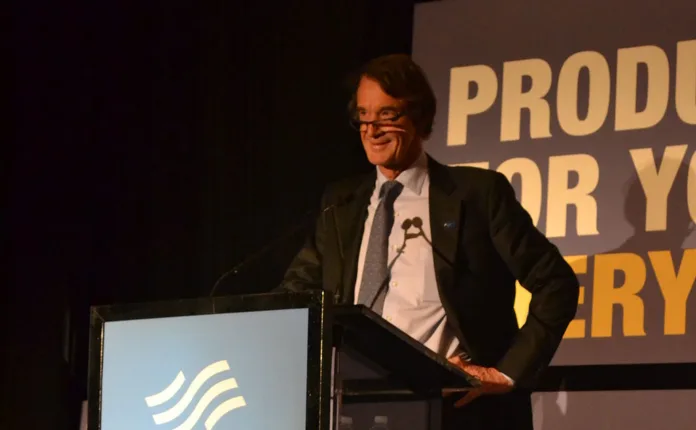Manchester United’s new co-owner aims to create a world-class stadium and revitalize the greater Manchester area
Manchester United’s historic Old Trafford is set for a groundbreaking transformation, as Sir Jim Ratcliffe, the club’s new co-owner, has announced plans to demolish and rebuild the iconic stadium in a £3 billion project. This ambitious venture aims to establish a state-of-the-art arena that rivals the world’s top football stadiums, marking a significant leap in the club’s history and the region’s development.
Jim Ratcliffe, who acquired a 27.7% stake in Manchester United earlier this year, has swiftly initiated a major overhaul aimed at enhancing the club’s facilities and impact both on and off the field. The decision to reconstruct Old Trafford stems from a desire to provide Manchester United with a facility that reflects its global prestige and to serve as a catalyst for comprehensive regeneration in the Old Trafford area of Greater Manchester.
The new stadium plans include the possibility of building on the current Old Trafford site or adjacent land, with the objective of creating the biggest and most advanced football arena in the world. Ratcliffe has established the ‘Old Trafford Regeneration Task Force’ to explore the best options for this monumental project. The task force boasts prominent figures such as Lord Sebastian Coe, former United captain Gary Neville, and the Mayor of Greater Manchester, Andy Burnham, highlighting the project’s significance to the club and the community.
Initially considering a £1 billion renovation of the existing stadium, Ratcliffe and his team have now opted for a complete rebuild, envisioning a facility that can host international matches and major finals, earning it the nickname ‘Wembley of the North.’ This move has received backing from United’s fellow owners, the Glazers, signifying a unified vision for the club’s future.
Ratcliffe emphasized the unique position of the north-west of England, home to a high concentration of major football clubs but lacking a stadium of international repute like Wembley, the Nou Camp, or Bernabéu. The project aims not only to elevate Manchester United but also to enhance the region’s sporting infrastructure and international profile.
Gary Neville voiced his support for the project, stressing the need for Old Trafford to evolve to maintain Manchester United’s status while also benefiting the surrounding community. Neville’s vision aligns with Ratcliffe’s, seeing the stadium as a source of pride for Greater Manchester and a driver for sustainable growth in an area needing attention.
Lord Coe, renowned for his role in the London 2012 Olympics, recognized the potential for stadiums to strengthen communities and drive social and economic development. He likened the Old Trafford project to the transformative impact of the Olympic venues in east London, indicating the project’s potential significance for the north of England.
Mayor Andy Burnham hailed the development as a boon for the region, promising to attract investment, create jobs, and open new opportunities. The project stands as a testament to the ambition and commitment of Manchester United’s new leadership to not only fortify the club’s legacy but also to contribute to the broader community’s prosperity
